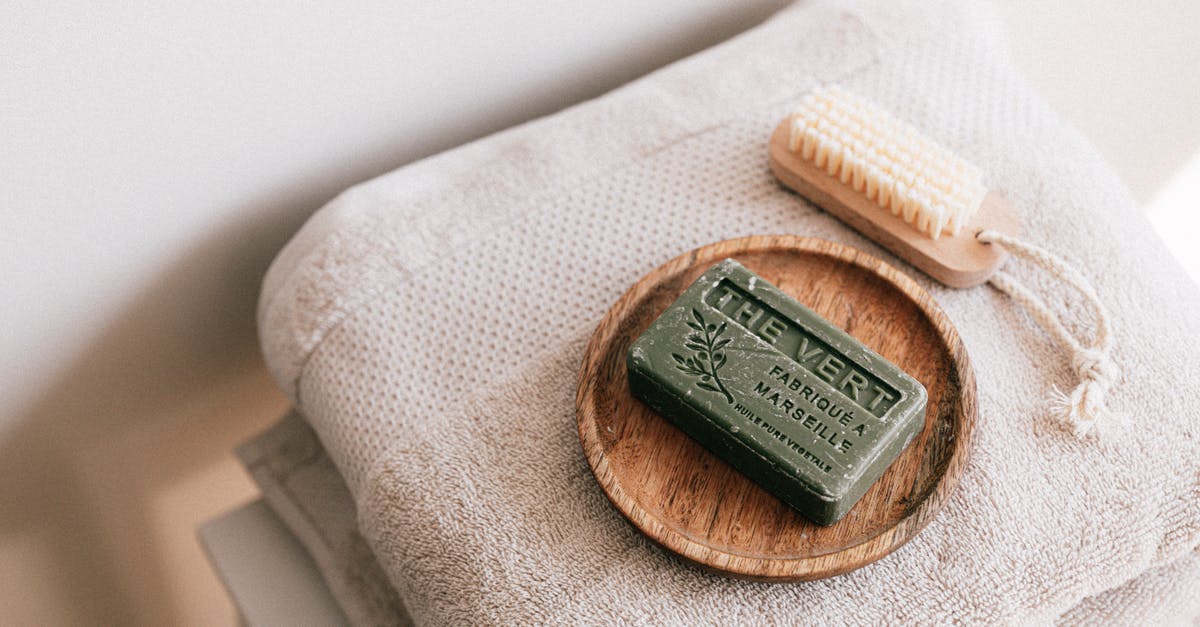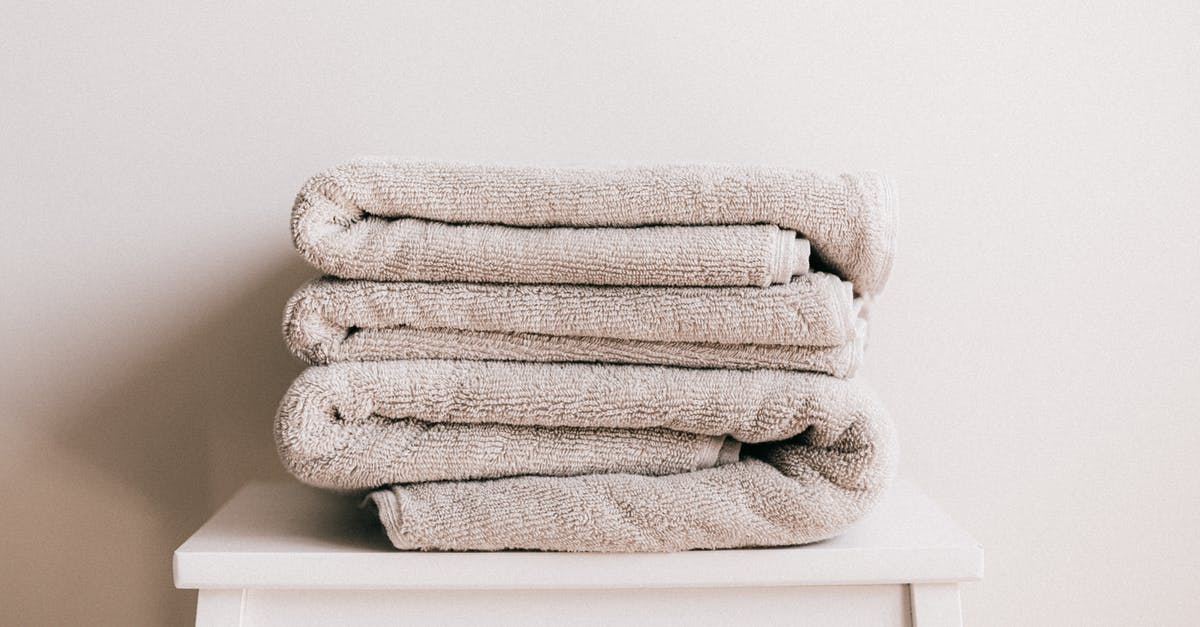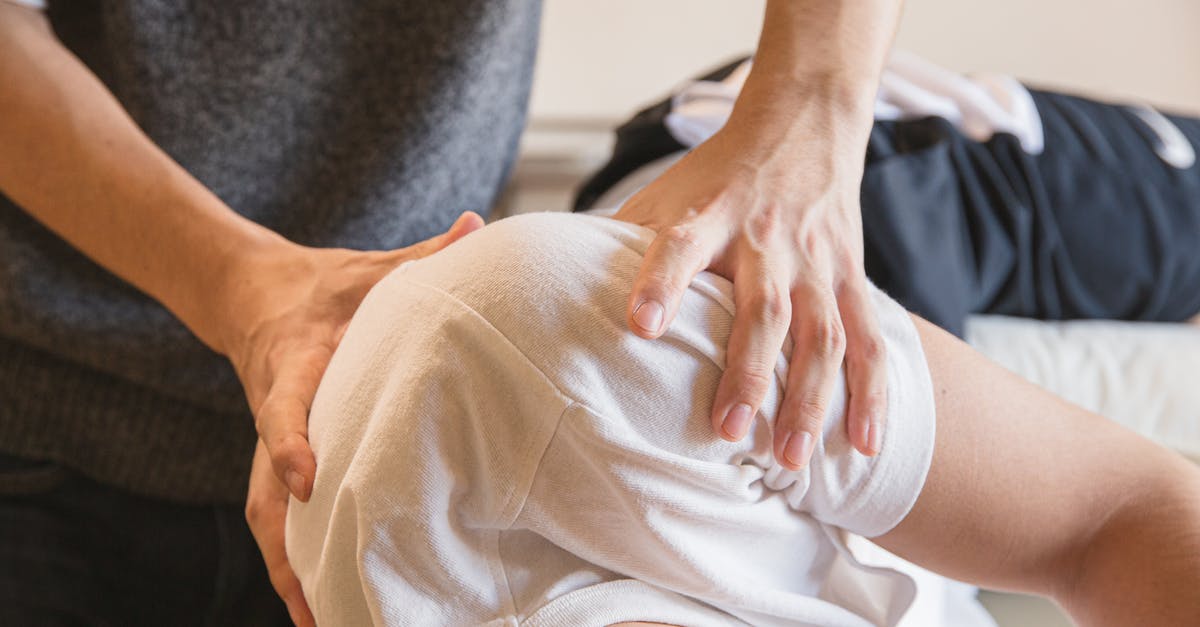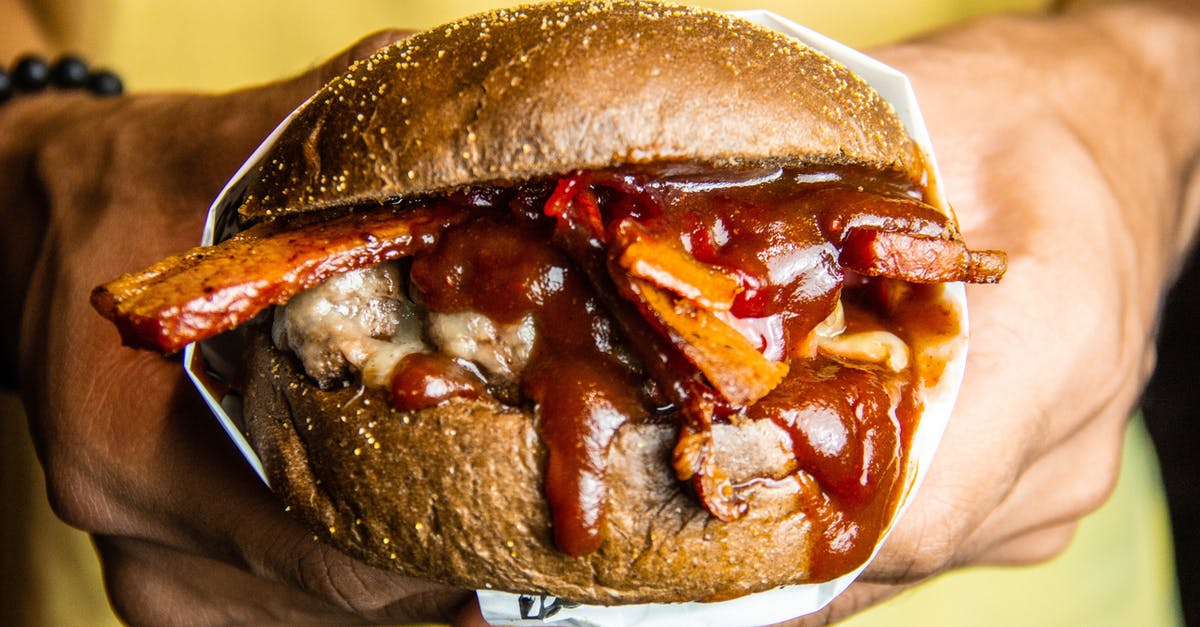Rub Roast Before or After Searing?

I just put the roast beef in the oven and I don't know if I ruined it already. So, what happened:
I lavishly applied a rub of salt, black pepper, dried rosemary, and fresh garlic to the meat prior to searing. Then I tried to sear it in the pan. The crust of herbs got darker and darker but the meat underneath was still quite raw, until finally the kitchen filled with thick smoke as the herbs started to blacken and got charred. And I feel kind of dumb that I didn't see that in advance. I tried to make the best out of the situation, scraped the burnt herbs off, applied fresh herbs and put it in the oven at 90°C as planned.
Now the catch: The order of operations was dictated to me beforehand. I painstakingly followed the rules set forth by my girlfriend - the rules for roast beef haven been handed down from one generation to the next in her family from ancient times, apparently Pharaoh Sethos I invented these rules and who am I to question them? And the rules say: rub before searing.
Now I want to put the following question to the community: Rub roast before or after searing? What would you do if you were not bound by any questionable ancient wisdom and a proto-sumeric curse?
Best Answer
I think there is a place for both. Without being aware of the particulars of this received wisdom/commandments from on high, it is a little hard to say. Seasoning of meat is often performed before searing (think steaks), but this is commonly only in the form of a thin layer of salt and pepper and maybe herbs too, not a thick complete covering. I have also seared roasts and then placed on a bed of herbs and garlic to roast - though not rubbed as such.
If you used seasoning as above and not a thick layer, then it would be reasonable to sear after rubbing. However, if you applied a thick layer so as to form a crust, these will have to heat up to searing temp before the meat could even approach a temperature at which the maillard reaction could occur. This would also be at or above the temperature at which the sugars in the herbs would also caramelize and start to burn, as happened in your case. In such a case I would not sear, unless in a very hot oven for maybe 5-10 min, before turning down to cooking temp.
It could also be that the family recipe only applies the rub to a portion of the meat, perhaps just the top/skin side, and only sears the bottom (or vice-versa I suppose).
Perhaps your girlfriend's family only use a thin layer of seasoning rub before searing. It may be best to get an invite to her next family roast and ask to help in the kitchen while preparations are on-going. If you are looking long-term, incidentally this, and helping with the dishes, are a way to get into the good books with her family too. Another option is to simply ask her how she does it!
Pictures about "Rub Roast Before or After Searing?"



Quick Answer about "Rub Roast Before or After Searing?"
If you used seasoning as above and not a thick layer, then it would be reasonable to sear after rubbing. However, if you applied a thick layer so as to form a crust, these will have to heat up to searing temp before the meat could even approach a temperature at which the maillard reaction could occur.Do I season my roast before or after searing?
Do you season roast before or after searing? You should season your roast before you sear it. This results in a wonderful tasting caramelized crust. If you are cooking a pot roast, you should add a layer of flour to your roast before searing to create a thicker crust that will stand up to the long hours of cooking.Should you season beef before searing?
Moral of the story: If you've got the time, salt your meat for at least 40 minutes and up to overnight before cooking. If you haven't got 40 minutes, it's better to season immediately before cooking. Cooking the steak anywhere between three and 40 minutes after salting is the worst way to do it.Can you sear meat with a dry rub?
Rub room temperature steaks with some olive oil to help the dry rub stick. Sprinkle dry rub on steaks. Once the pan started smoking, place steaks and cook for 3 minutes on the first side for medium-rare. Flip it and cook the other side for 3 more minutes.Is it best to sear beef before roasting?
Author of On Food and Cooking Harold McGee calls it "the biggest myth in cooking" that he's been "trying to debunk for decades." Though searing serves an important purpose, keeping meat juicy is not it. In fact, cooking meat in a pan over high heat before roasting it in the oven actually leads to moisture loss.Roast Beef - Pan to Oven Roasting.flv
More answers regarding rub Roast Before or After Searing?
Answer 2
So, I'm an "I've heard it both ways" kind of a girl and I'm also crazy OCD about my cooking so I work at learning new techniques until I find ones I am crazy about. In this situation, my favorite is this:
- Apply thin dry rub over entire roast and wrap tightly in freezer paper and saran wrap. (saran wrap first) Let sit in fridge 30-45mins
- Remove from fridge and let sit on counter for 15-30 mins (whatever totals to 60mins of marinating time)
- Unwrap cut of meat...the dry rub should have moistened enough (because of the wrap) that it will no longer burn so quickly during the searing process. Personally, I like marbling when I cook a thick cut of meat so I always buy a cut that has one side thick with marbling. Once I unwrap the meat, I put a heavy coat of dry rub ONLY on the side with the marbling and then sear all other sides.
- When I put the roast in the oven, I do so with the marbled side up so that, as it cooks, the dry rub will add flavor to the juices from the marbling and those juices will seep down into the rest of the meat to become trapped by the searing done on all the other sides.
My roast is tender, juicy, and full of flavor every time I do this. I don't know if it helps, but I hope so!
(P.S. to those who are more obsessive like me, and if you have the time and the thought to do so, you can always brine the meat overnight. Making a brine is pretty quick & easy and it will absolutely help to lock in that moisture....and I really do mean quick and easy... You can do it in 15 mins or less.)
Answer 3
I agree with bob1 regarding burning and impeding Maillard reaction. I would always limit pre searing seasoning to salt mainly with a little pepper and possibly dried herbs (unless it's steak au poivre which is a different story in regard to pepper). Any fresh herbs, fresh garlic (which you cite), dijon, etc I'd apply after searing. It would also depend on how hard a sear you are trying for - you are implying its a hard sear. Certainly get more details from the family, including how hard of a sear you should be trying for. Given it seems to be a low temp cook, it might indeed be a fairly hard sear that they do, and so I can see your dilemma. For a roast at a more normal high temperature, Id be doing a fairly light to medium sear and let the oven do the rest; and that gives a bit more flexibility on pre-sear seasoning. If the family is under the misapprehension that searing keeps juices in, you may want to start a discussion about a more moderate sear and avoid burning.
Sources: Stack Exchange - This article follows the attribution requirements of Stack Exchange and is licensed under CC BY-SA 3.0.
Images: Karolina Grabowska, Karolina Grabowska, Ryutaro Tsukata, Horizon Content
